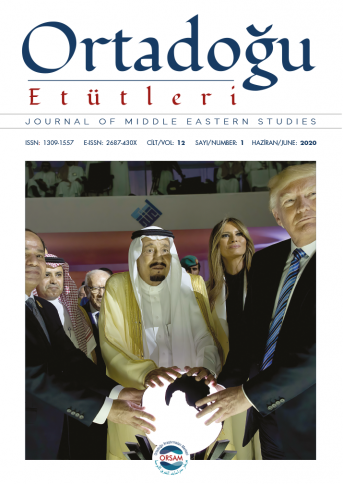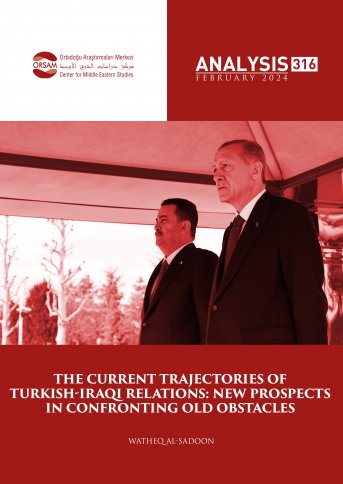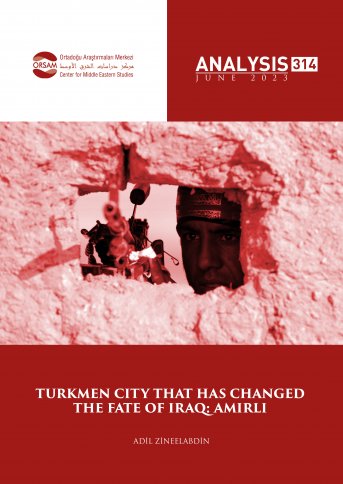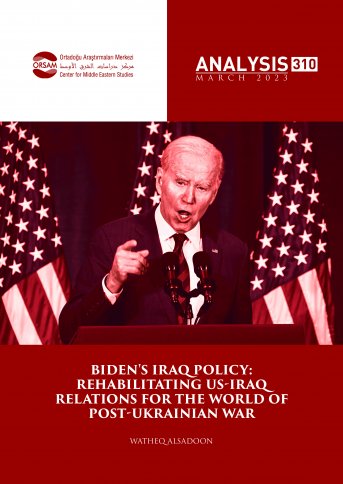
US Military Strategy in the Era of the President George W. Bush 2001-2009
President George. W. Bush was elected the 43rd American President and came to the White House in January 2001. He was an ideological president with a very limited knowledge and comprehension of the complex mechanisms of world affairs. He thought he has a divine mission to change the world order: he gathered around him most American influential conservative politicians and foreign affairs ideologue experts in Washington. For the Neo-conservative foreign affairs experts he became the ideal president to carry on their ideas and actions during his two terms in the White House. President Bush and his ideologue foreign policy advisors firmly believed in the American Empire that will dominate the world and prevent any rival super-power to American power and supremacy, using coercive diplomacy or a strategy of coercion, preemptive war strategy, and preemptive strikes. Then the 9/11 attacks occurred as a historical opportunity that enabled his administration to set up a reaction plan to the attacks according to the Bush administration’s ideological vision. In October 2001, he launched a military operation in Afghanistan, Operation Enduring Freedom and Operation Freedom’s Sentinel. Later in March 2003, President Bush launched Operation Shock and Awe in Iraq. The U.S. ability, however, to “change” and modify its strategies in the region did fail to achieve the announced goals in the American public opinion of the war in Afghanistan and in Iraq. The failure of this military strategy was because of the obstacles on the ground that the Bush administration faced and was not able not overcome.







